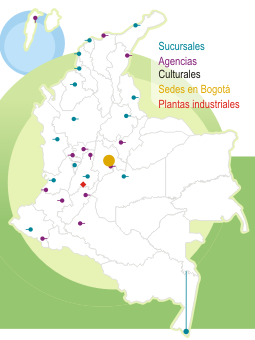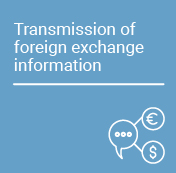Labor regulation protects workers, but it also imposes costs on employers. There is evidence that such costs may cause informality and unemployment, as they hinder the hiring of formal employees and the formalization of self-employed workers. A recent number of Ensayos Sobre Política Económica (ESPE in Spanish) published by Banco de la República (the Central Bank of Colombia, Banrep), coordinated by senior economist Andrea Otero, reviews evidence that links aspects of Colombian labor regulation with labor informality, an issue that affects nearly half of the country's labor force.
One of the regulatory elements affecting labor informality is the minimum wage. When set at a high level, it becomes a barrier to hiring low-productivity workers. The document ESPE highlights a recent analysis by Luis Eduardo Arango and Luz Adriana Flórez, senior economists at Banrep, which shows the relationship between labor informality and the ratio of the minimum wage to the 70th percentile of the income distribution (hereinafter referred to as the “minimum wage ratio” or MWR). A high minimum wage ratio indicates that the minimum wage is relatively high compared to the income of all workers, making it more distortionary. On the other hand, a low MWR suggests that the minimum wage is low relative to the income of all workers, reducing its distortionary effect on the labor market.
In previous research studies, the authors found a significant relationship between the MWR and labor informality across Colombian cities, which provides evidence of the potential effect of the minimum wage on informal employment. For ESPE, Arango and Florez updated their analysis and showed that the effect is heterogeneous, depending on the types of workers. The analysis is based on sixteen demographic groups defined by gender, age, level of education, and geographic location using data from the Large Integrated Household Survey (GEIH in Spanish) between 2007 and 2017 across Colombia’s twenty-three main capital cities and metropolitan areas. This database is used to estimate how changes in the MWR affect the probability that a worker in a specific demographic group holds an informal job, using econometric techniques.
Graph 1 shows the results of the statistical analysis by age, gender, and level of education. The effect is stronger for workers with lower levels of education (high school or less) than for those with higher education (technical, technological, or university level). This effect is also more pronounced among younger workers, precisely groups for whom the minimum wage is higher relative to their income distribution. In areas where wages tend to be lower and the minimum wage ratio is higher, further increases in the minimum wage may exacerbate labor informality. All the results are statistically significant and are similar for both men and women.
Specifically, results suggest that a one-percentage point increase in the minimum wage ratio is associated with increases of up to 0.7 percentage points in the probability of informal employment. To illustrate the magnitude of the estimated effect, it is worth noting that the difference between the MWR of Bogotá and cities such as Cúcuta or other cities in the Caribbean region is almost 30 percentage points. This gap implies that a young person with a low level of education in such cities has approximately a 20-percentage point higher probability of being informally employed than an individual with similar characteristics located in Bogotá.
Graph 1: Effects of MWR on labor informality by demographic group

The results of this analysis, along with others discussed in the aforementioned document ESPE, illustrate the unintended costs of labor protection policies on informal employment. Assessing the impact of public policy measures is essential for refining their design, enhancing their effectiveness, and minimizing unintended costs.









































































